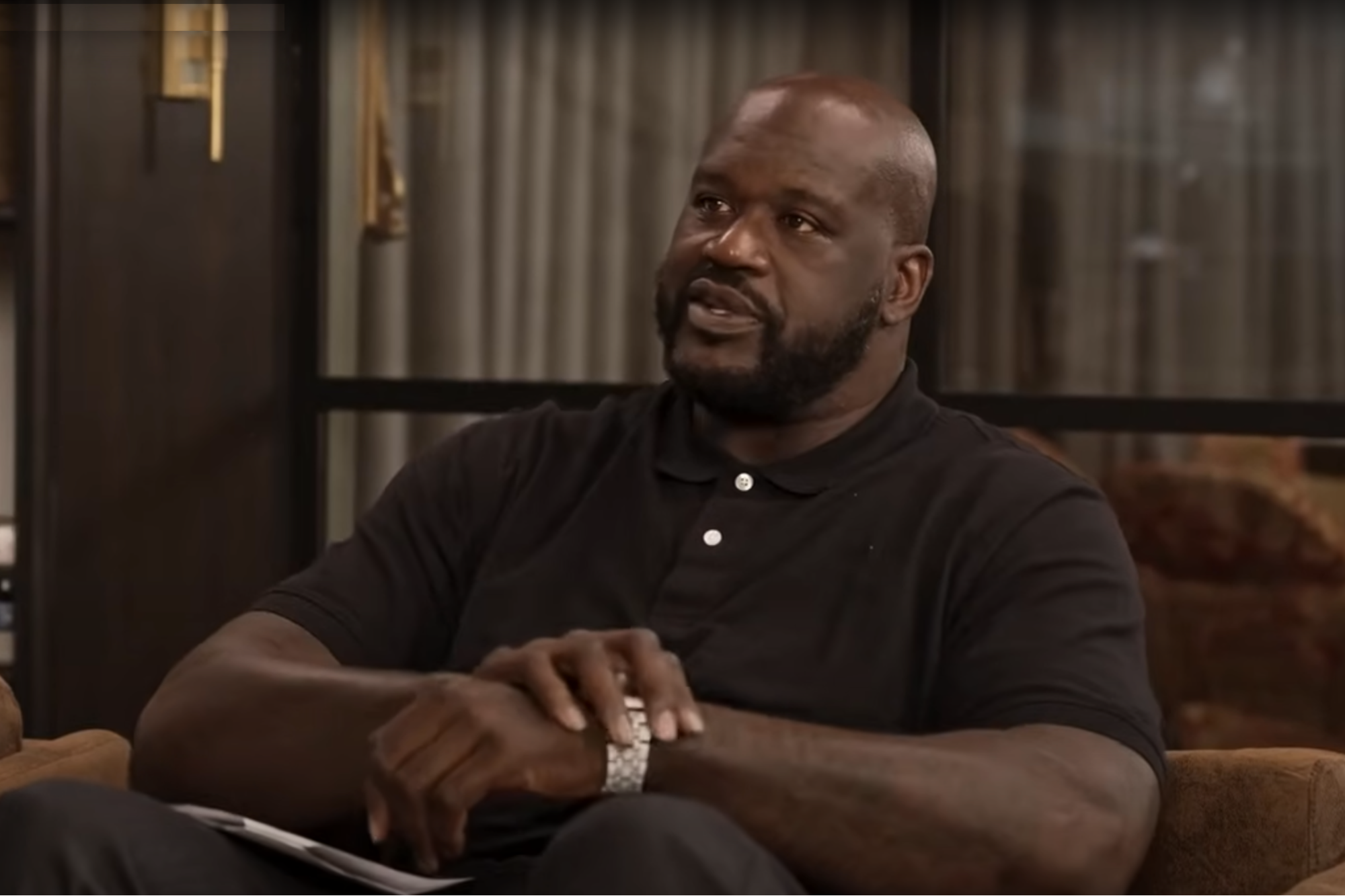Behavioral Profiles Are Critical to Hiring Success Hire 'behaviors,' not just skills, experience and education.
By Doug and Polly White Edited by Dan Bova
Opinions expressed by Entrepreneur contributors are their own.

We talked one of our clients through terminating an employee last week, and it wasn't easy, because the employee was, well, a rally nice guy.
Related: 5 Essential Hiring Tips for Growing Startups
He had worked for this small construction firm for less than a year as a site superintendent, and had boasted previous construction experience. He fit the company culture just fine; however, he ultimately ailed in his position.
The reason was that a large part of his job involved wrangling subcontractors -- making sure the subcontractors showed up on the right day and did what they were supposed to. But the employee wasn't assertive; he avoided conflict. And the subcontractors knew they could work whenever they wanted, and at their own pace, without fear of reprisal. Frankly, this employee was ineffective because he was just too nice.
In another scenario that came before us, a part-time employee of a service firm was a star in his position, working directly with the public. His charm and wit gained him high praise from the company's clients. The service firm even eventually offered him full-time work, reviewing records, filling out forms and entering data into a computer.
However, the problem was that instead of quietly working at his desk, the employee wandered the office chatting with and distracting his colleagues. He was constantly behind in his paperwork, which itself was often incomplete and laden with errors. Following several stern lectures from the owner and general manager, the employee resigned. He had been in his job less than a year.
So, what went wrong? While both of these employees had skills and experience, they lacked the right behavior profile for their jobs. As Polly told the service firm owner, "You can ask a chicken to fly like an eagle; you can even push him off the cliff. It doesn't mean he can do it."
In short, we all have our behavioral strengths and weaknesses. When you put an employee into a job that isn't a good fit for his or her personality, you are setting this person up for failure that will result in a termination or resignation. Either way, you waste precious resources. Here are some strategies to try instead:
1. Know what you need.
When you develop the description or profile for a new position, go beyond the education, skills, experience and capabilities needed. Think deeply about what kind of person would be successful in the job. Does he or she need to be outgoing and gregarious, or someone who will put his head down and work in silence for most of the day? Do you want someone who is caring and relationship-oriented, or a "driver," who is all about the task and getting things done?
2. Develop a behavioral profile.
If you already have employees working in this position, you have an easier job. Describe the behaviors that make those people successful, and look for the same behaviors in subsequent hires. If, instead, this is a new position, look at the key responsibilities and write down what behaviors the candidate you're looking for will need, to thrive in the role. Write these behaviors into the job description.
Related: 3 Important Tips for Hiring the Best Employees
3. Profile the applicants.
Develop questions that will help you to discern if an applicant has the right behaviors for the job. Don't accept surface answers. Ask follow-up questions until you believe you are seeing this person's true self. Take the applicant to lunch and share a meal and a conversation. Watch body language. Talk to the applicant's former employers and colleagues.
Again, ask questions that will help you to discover if the role and the person you are considering would be a good match. Finally, if you want to take your profile to the next level, there are many "validated" assessments that will render a behavioral type. Make sure you use a validated instrument and that you have someone to help you interpret the results. These instruments can help you to gain a more robust picture of the individual.
We have always taught our clients to hire behaviors. If you have to compromise when making a hiring decision, lower the bar on experience or education, but not on behaviors.
Related: 7 Tips For Hiring The Best Startup Talent
We all know that you can't fit a square peg into a round hole. When it comes to people, we shouldn't even try.











